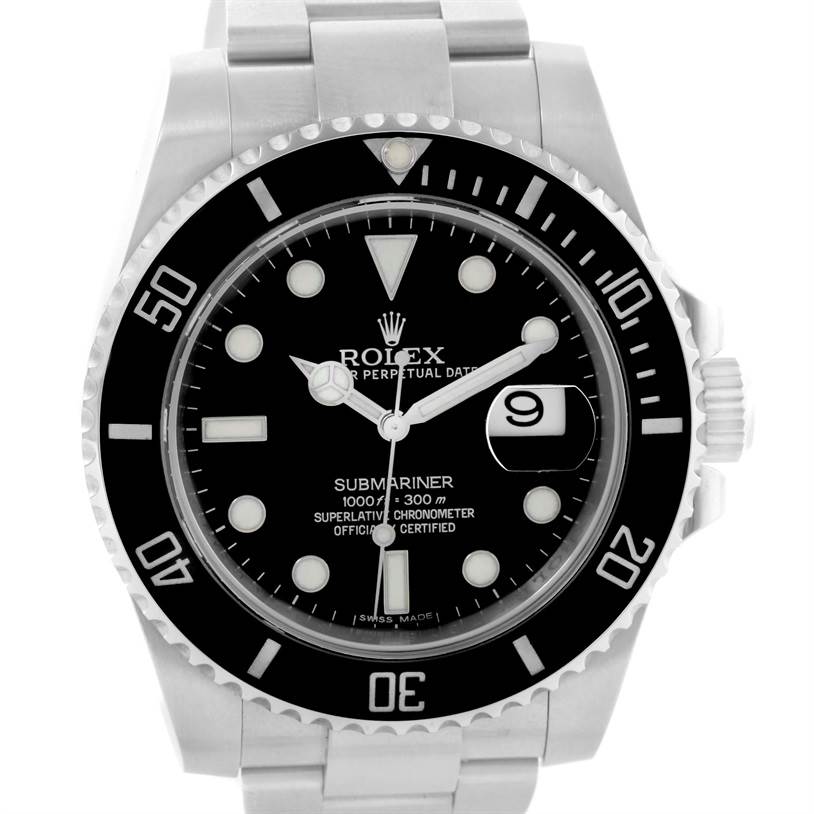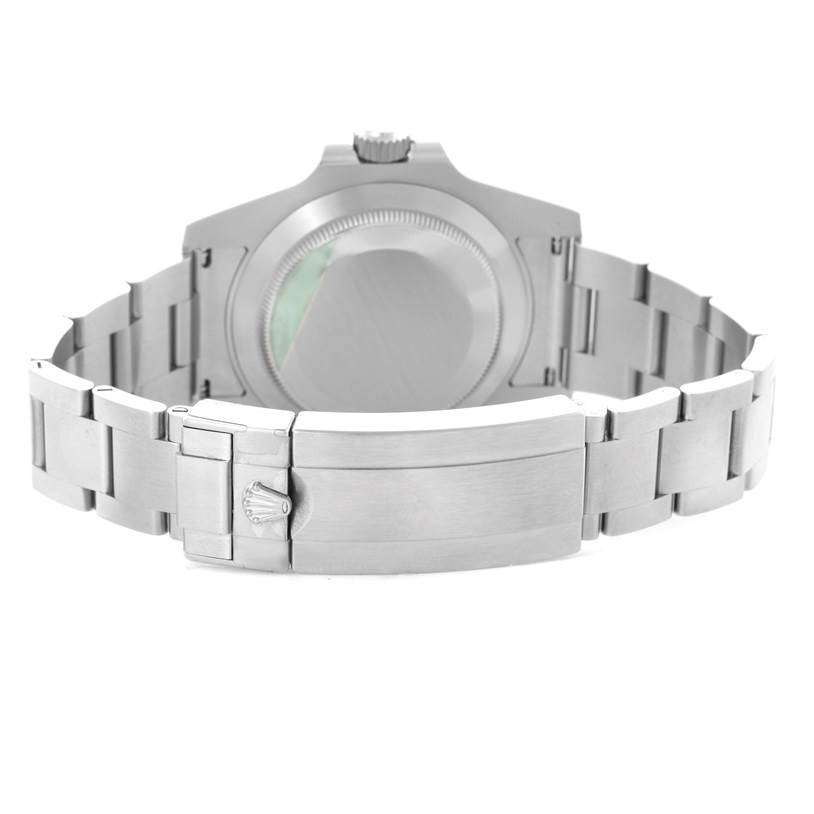
Rolex Explorer II Using Its 24-Hour Hand and Bezel as a GMT
Originally introduced in 1971 for cave explorers (speleologists), the Rolex Explorer II was designed to be an advanced version of the original Explorer model. Despite being one of the brand’s less celebrated sports watches for many years, the Explorer II has recently gained popularity, resulting in waiting lists at retailers worldwide.

Much like the GMT-Master series, the replica Rolex Explorer II features an additional 24-hour hand that moves around its dial, along with a bezel marked with 24-hour increments. This design prompts the question: can the Rolex Explorer II function as a GMT watch?
Understanding GMT Watches
To start, it’s crucial to define what a GMT watch is. The term is often misused to describe any watch with multiple time zone displays. However, a true GMT watch specifically has an additional time zone displayed in a 24-hour format.
There are many dual-time watches and others with 24-hour displays, but to qualify as a GMT watch, a watch must simultaneously show more than one time zone, with one displayed in a 24-hour format.
Is the Rolex Explorer II a GMT?
While all Rolex GMT-Master watches are true GMT watches, not every Rolex Explorer II can be classified as such, despite all models featuring an additional 24-hour hand.

A GMT watch must display two or more time zones, with one in a 24-hour format. The original Rolex Explorer II (reference 1655 from 1971) had a 24-hour hand that was permanently synchronized with the standard 12-hour hand, acting merely as an AM/PM indicator against the fixed 24-hour bezel. It wasn’t until the mid-1980s, with the second generation, that the Explorer II gained the functionality of a true GMT watch.
Rolex Explorer II Models as GMT Watches
Except for the first iteration (ref. 1655), all other Rolex Explorer II references can function as GMT watches. These include:
Rolex Explorer II 216570
Since the 24-hour bezel on the Explorer II is fixed, the watch must have independently adjustable hour hands to be used as a GMT. If your Explorer II meets this criterion, it can display multiple time zones.

Using the Rolex Explorer II as a GMT
To use your Rolex Explorer II as a GMT watch, set it so that the 24-hour hand shows your home or reference time, while the 12-hour hand displays the time at your current location. Read local time in the usual way, with the hour and minute hands against the dial, and reference time by the 24-hour hand in relation to the fixed bezel.
Operating Instructions for the Explorer II GMT
Before setting up your Rolex Explorer II as a GMT watch, understand the winding crown positions:
Manual Winding Position: Crown unscrewed, rotates to wind the watch.
Local Time Setting Position: Crown pulled out one notch, seconds hand runs, local hour hand moves.
Reference Time Setting Position: Crown pulled out to the second notch, seconds hand stops, both hour hands and minute hand move.
Step 1 – Setting Reference Time
Pull the winding crown to Position 3. Align all hands at the 12 o’clock marker, then rotate to set the 24-hour and minute hands to your reference time in a 24-hour format, using the bezel’s scale.
Step 2 – Setting the Date
Push the crown to Position 2. Rotate the crown to adjust the local 12-hour hand in one-hour increments until the correct date appears at the 3 o’clock position. Note that the date changes once every two rotations of the 12-hour hand.
Step 3 – Setting Local Time
With the crown in Position 2, advance the 12-hour hand to the current local time, noting AM or PM. Once set, push the crown back in and screw it down to secure the watch.
Reading GMT Time with the Explorer II
With your replica watch set, read local time with the standard hands and reference time with the 24-hour hand against the bezel. This setup allows simultaneous viewing of two time zones, with the 24-hour format preventing AM/PM confusion.
Traveling with the Explorer II GMT
The jumping local hour hand makes the Explorer II ideal for travel. For instance, if flying from Los Angeles to Switzerland with a layover in New York, unscrew the crown and adjust the local hour hand for New York’s time, then again for Switzerland’s time upon arrival. The seconds and minute hands continue to run, maintaining precise timekeeping. Your home time remains visible via the 24-hour hand, ensuring you won’t mistakenly call home at an inconvenient hour.